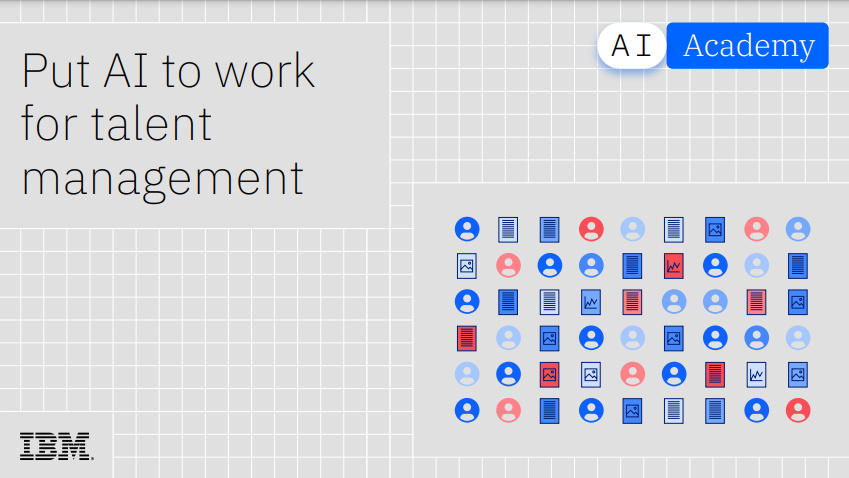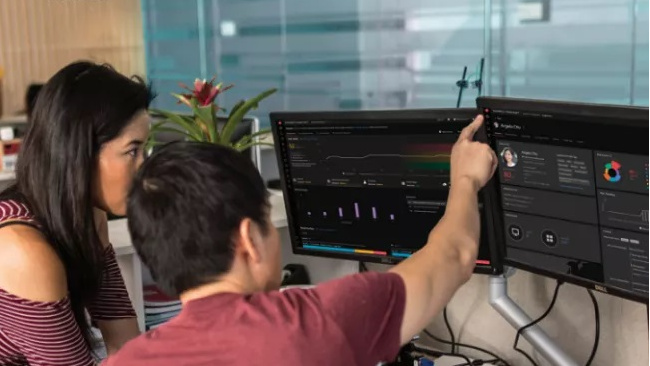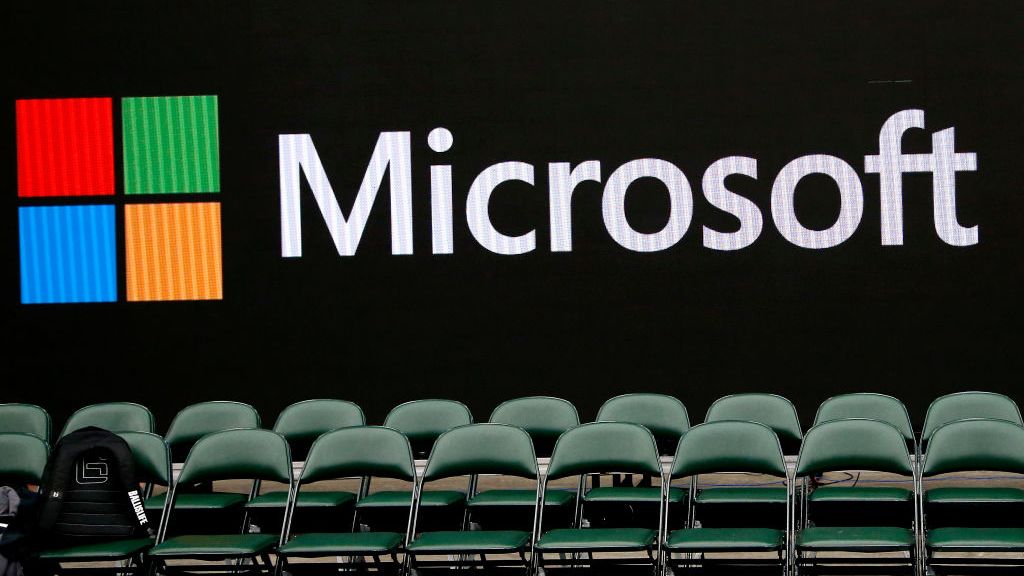SAP teams with Nvidia to bring AI capabilities to its customers
Enterprise software vendor's plan relies on Nvidia's DGX-1 supercomputer

Enterprise software vendor SAP is relying on GPU giant Nvidia's DGX-1 supercomputers to bring AI capabilities to its customers, Nvidia has revealed.
"SAP and ourselves are working together to make the world's largest enterprise software companies and integrate it with Nvidia to bring hundreds of customers of SAP the benefit of AI computing," Nvidia CEO Jen-Hsun Huang said on stage at the company's GTC Europe conference in Amsterdam today.
He added that the deal sees SAP now using DGX-1 AI supercomputers at its operations in Potsdam, Germany, and in Israel, where teams are building machine learning tools for enterprises.
"Now with the partnership of SAP we will soon have applications running on these servers to serve the world's largest enterprises," he added.
Over the last two months, DGX-1 has been adopted by artificial intelligence labs around the world, including labs based at UC Berkeley, Stanford University, and OpenAI.
DGX-1 is the world's first purpose-built system for deep learning with fully integrated hardware and software that can be "deployed quickly and easily".
It packs 170 teraflops of computing power, equal to 250 conventional servers, into a single box and uses eight Nvidia Pascal powered Tesla P100 accelerators, interconnected with high-speed NVLink technology, and includes a range of deep learning framework.
Get the ITPro daily newsletter
Sign up today and you will receive a free copy of our Future Focus 2025 report - the leading guidance on AI, cybersecurity and other IT challenges as per 700+ senior executives
As part of the same keynote, Huang also announced two of Europe's top AI research centres will collaborate with Nvidia to ramp up their efforts in the fast-growing field.
The German Research Center for Artificial Intelligence and Switzerland's Dalle Molle Institute for Artificial Intelligence will both be early users of Nvidia's new DGX-1 AI supercomputer, he said.
"This will advance important research to move it along and of course we have all kinds of opportunities to collaborate and move society along in a good way," Huang explained.
-
 Should AI PCs be part of your next hardware refresh?
Should AI PCs be part of your next hardware refresh?AI PCs are fast becoming a business staple and a surefire way to future-proof your business
By Bobby Hellard Published
-
 Westcon-Comstor and Vectra AI launch brace of new channel initiatives
Westcon-Comstor and Vectra AI launch brace of new channel initiativesNews Westcon-Comstor and Vectra AI have announced the launch of two new channel growth initiatives focused on the managed security service provider (MSSP) space and AWS Marketplace.
By Daniel Todd Published
-
 Put AI to work for talent management
Put AI to work for talent managementWhitepaper Change the way we define jobs and the skills required to support business and employee needs
By ITPro Published
-
 More than a number: Your risk score explained
More than a number: Your risk score explainedWhitepaper Understanding risk score calculations
By ITPro Published
-
 Four data challenges holding back your video business
Four data challenges holding back your video businesswhitepaper Data-driven insights are key to making strategic business decisions that chart a winning route
By ITPro Published
-
 Creating a proactive, risk-aware defence in today's dynamic risk environment
Creating a proactive, risk-aware defence in today's dynamic risk environmentWhitepaper Agile risk management starts with a common language
By ITPro Published
-
 How to choose an HR system
How to choose an HR systemWhitepaper What IT leaders need to know
By ITPro Published
-
 Sustainability and TCO: Building a more power-efficient business
Sustainability and TCO: Building a more power-efficient businessWhitepaper Sustainable thinking is good for the planet and society, and your brand
By ITPro Published
-
 What is small data and why is it important?
What is small data and why is it important?In-depth Amid a deepening ocean of corporate information and business intelligence, it’s important to keep things manageable with small data
By Steve Cassidy Published
-
 Microsoft's stellar cloud performance bolsters growth amid revenue slump
Microsoft's stellar cloud performance bolsters growth amid revenue slumpNews The tech giant partly blames unstable exchange rates and increased energy costs for the slowdown
By Rory Bathgate Published